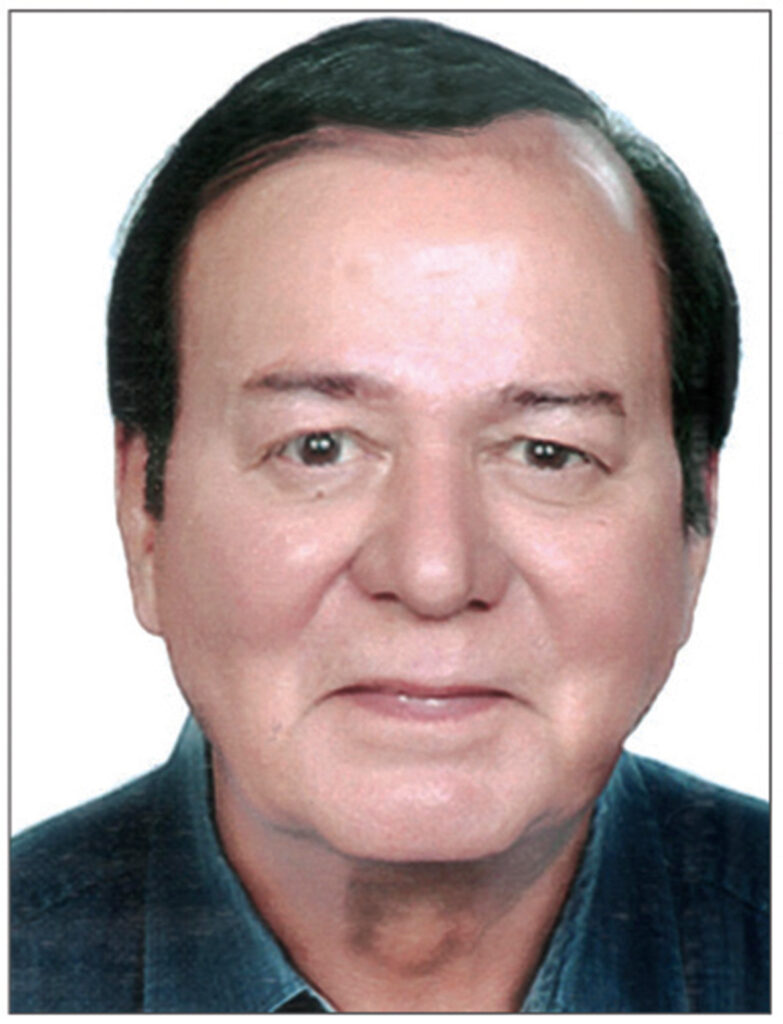More Debate Needed on ‘Theaterisation’
- Let it Evolve on its Own, if it must

As was to be expected, statements concerning meaningful jointness amongst the armed forces were indeed made by the political leadership during their speeches in the ‘Çombined Commanders’ Conference’, held at Bhopal, March 30-April 1. However, while theaterisation was part of the deliberations, as the grapevine suggests, it was also felt that it must be obtained through consensus, by preferably adopting a bottom-up approach. Therefore, while the clamour for its inevitability continues to be propagated by its proponents, there are positive indications that the highest political decision-making circles are amenable to adopting a hoilistic approach for discussing the entire gamut of ‘Theaterisation’ before its implementation.
Clearly, there is a need for much greater debate on this very complex issue of theaterisation. There are many questions that need to be answered before considering the creation of Theatre Commands. While it is true the CDS has been given the mandate to bring about jointness through optimal and cost-effective utilisation of resources, in accomplishment of which he has been given the authority to create Theatre Commands, but only, if felt necessary. The keywords to note here are jointmanship and cost-effectiveness and not solely the creation of Theatre Commands, as being propagated to be the panacea for all problems.
On the cost-effectiveness front, one of the triggers for joint theatre commands has been the existence of too many commands for each service. Presently, Army has six operational commands (Northern, Western, South-western, Southern, Central and Eastern), the Indian Air Force (IAF) five (Western, South-western, Southern, Central and Eastern) and the Navy three (Western, Eastern and Southern). In addition, India has a tri-service ANC (Andaman Nicobar Command) operational command – all in all 15 operational commands for the three services. It has been the general impression that creation of Theatre Commands would lead to cost-effectiveness. The biggest question however is, whether creation of Theatre Commands would actually lead to cost-effective utilisation of resources or would it end up creating yet another layer of gargantuan proportions to the Command & Control set up (at 4-star levels, as being suggested by some military experts) with the possibility of present services command HQs being converted into Component Commanders’ HQs?
On the jointmanship front, Army is of the ‘single-minded view that jointness can only be achieved through ownership of all resources under one single (preferably Army) commander and therefore is the biggest proponent of the Theatre Command concept. And, while Navy remains a fence-sitter, knowing fully well that it would generally be left alone to manage the maritime domain, it’s the Air Force that is most apprehensive of losing its very raison d’etre for its existence, being seen only as a support arm in a Theatre Command scenario. Recent utterances of some army brass have done little to allay these apprehensions. IAF fears that limiting its all-encompassing mandate and roles would prove to be counter-productive in achieving the overall national military objectives. Notably, while IAF’s Doctrine takes full cognizance of its support roles for land and maritime forces, the reverse is hardly true of the other two services. In pursuance of its doctrine IAF believes in the precept of conduct of air operations through ‘Joint Planning, Centralised Command, Distributed Control and Decentralised Execution’. Naturally, it feels uneasy in confining its limited combat resources in fragmented distribution to different Theatre Commands.
Notably, under the envisaged ‘Theatre Commands’ restructuring, Services chiefs will shed all operational responsibilities, which will pass on to individual Theatre Commanders. In other words, the COSC (Chiefs of Staff Committee) would be reduced to a mere stump of its original self. Also, no one has spelt out as to what specific advantages would accrue by taking away Service Chiefs’ operational responsibilities, unless it is just a case of blindly copying the US model, albeit, without its global reach. Also, no one seems to have given any thought as to what would happen to the well-established ops branches in each of the Service HQ.
As far as the issue of operational commands is concerned, it may be noted that they were created citing vastness of the Indian territory. However, if considered to be one too many now in reverse thinking, these could be pruned into four commands each for Army and the Air Force from the present six and five commands, respectively. Both could shed their Central and South-Western Commands, while IAF could create a Northern Command in parallel to the Army’s Northern Command. These could then be affiliated to jointly cater for four geographical regions/sectors/theatres i.e., Northern, Eastern, Western and Southern, respectively. The Navy, with no role in the land-locked northern region could continue with its three existing Western, Eastern and Southern Command to affiliate with its counterparts in the other two services.
The question that keeps coming back to haunt us all is: Are we on the right track going headlong to create Theatre Commands, no matter what the costs? Wouldn’t it be better to try the joint organisations already in place to bring about the required integration and synergy? The case in point – apart from the COSC (Chiefs of Staff Committee) – is the IDS (Integrated Defence Staff) HQ that was created soon after the 1999 Kargil War. That it has not been able to function to its full potential has been due to the fact that it remained headless for almost two decades after it came into being. But it has all the ingredients to bring about the required jointness be it acquisitions, doctrines, training or operations. And now that the appointment of CDS has become a reality, wouldn’t it be prudent to give it an opportunity to rise to its full potential as a repertoire for formulating joint strategies/planning at the national level, under guidance from the COSC to which it anyway reports.
However, for the above arrangement to function properly, along with Service Chiefs, with individual operational control of their respective service, the CDS would also have to be given operational role wherein, with his ‘Primus Inter Pares’ status as the Permanent Chairman, Chiefs of Staff Committee (PC-COSC), he would have operational authority to ensure synergistic formulation of inter-services higher directions of war which could then be translated into joint execution by the affiliated commands in the field. This distributed yet synergistic command and control arrangement, in any case, should be more palatable to the politico-bureaucratic leadership than what would have inevitably happened if the entire tri-service operational control was vested in CDS alone in the ‘Theatre Commands’ scenario.
A food for thought!!!
– Air Marshal VK ‘Jimmy’ Bhatia (Retd)



